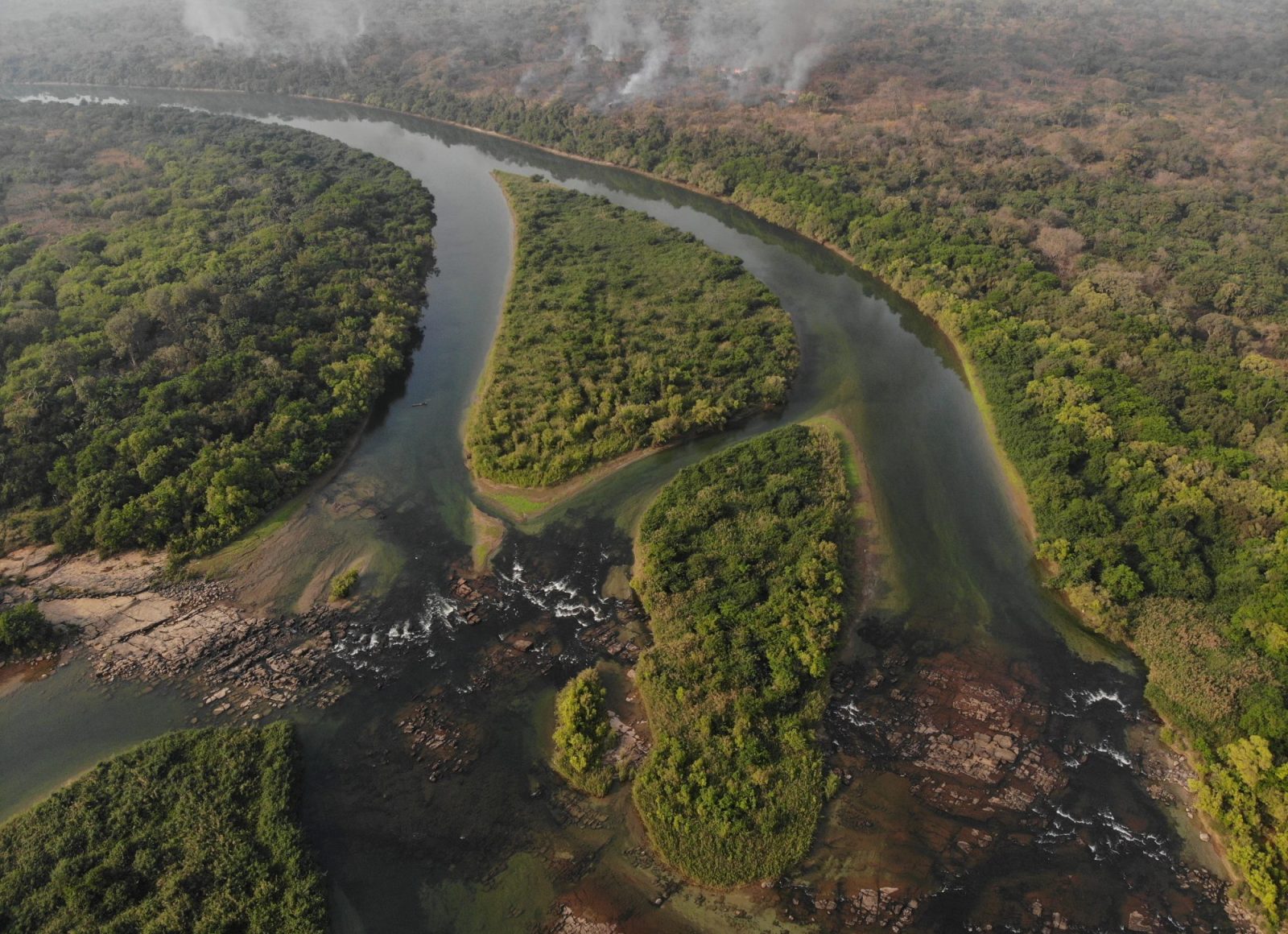Corubal 2022 – The last wild river in West Africa

The River Sentinel programme continues with a pilot study on the Corubal in Guinea-Bissau, a CIBIO-BIOPOLIS initiative. The Corubal is a 560 km long river that originates in the Fouta-Djalon, the “water tower” of West Africa, and flows into the Atlantic just opposite the Bijagos archipelago.
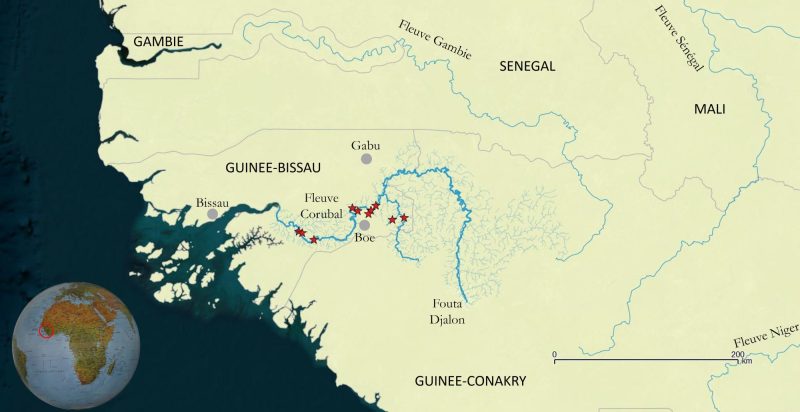
ONE OF WEST AFRICA’S LAST WILD RIVERS
The Corubal is remarkably preserved from human activities, especially in its downstream part, which is exceptional. It forms an ecological corridor from the more tropical regions of West Africa, like a finger of rainforest pointing westwards, through a landscape of dry tree savannah. Its fauna and flora are more tropical in affinity than the landscapes it crosses.
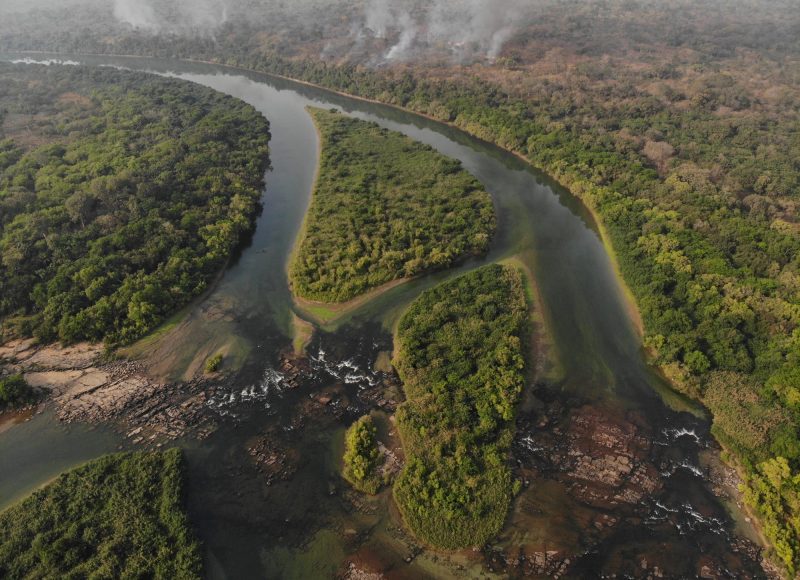
The Corubal basin is made up of a great diversity of ecosystems: palm groves, riparian forests, rainforests, gallery forests, different types of savannahs… and remarkable wetlands, in particular the “vendus”, wet depressions temporarily connected to the river and serving as nurseries for many fish species. Many emblematic species can be found here, including birds and the large fauna characteristic of West Africa. The area provides a refuge for many large mammals, such as African Elephants, Hippos, Elands and Chimpanzees. All known primates of Guinea-Bissau are present in the Corubal Riverine Forest. Leopards and Lions are also known to occur in the region, although their population seems to be declining in recent decades. The West African manatee is known from the Corubal estuary, although its precise distribution is not documented.
A SCIENTIFIC EXPEDITION WITH SEVERAL OBJECTIVES
In February 2022, a multidisciplinary team of scientists from CIBIO-BIOPOLIS, involved in the Vigilife’s Sentinel Rivers Program carried out a pilot study to assess the feasibility of a comprehensive inventory of the Corubal River, combining environmental DNA (eDNA) analysis with traditional inventory methods. The expedition was based on close collaboration with two national institutions in Guinea-Bissau, IBAP (Instituto da Biodiversidade e das Áreas Protegidas), and the Lusophone University of Guinea-Bissau. Field participants included researchers from CIBIO – BIOPOLIS, the Museum of Natural History and Science of the University of Porto and SPYGEN, as well as a student from the Lusophone University of Guinea-Bissau.
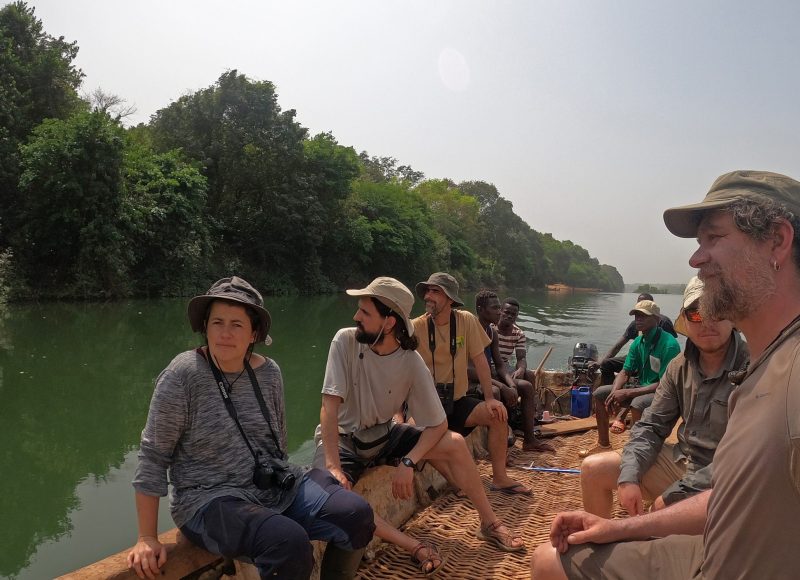
In addition to taking water samples for eDNA analysis using Vigilife standards (monitoring based on the use of prokaryotic, eukaryotic, vertebrate, fish and bivalve primers), the team focused on establishing a genetic reference base by collecting fish, amphibian, bivalve and insect specimens for taxonomic and genetic studies. The collected specimens are currently being sequenced by the CIBIO laboratory. Indeed, many species present in Guinea-Bissau have never been the subject of genetic studies and are little or not known to science.
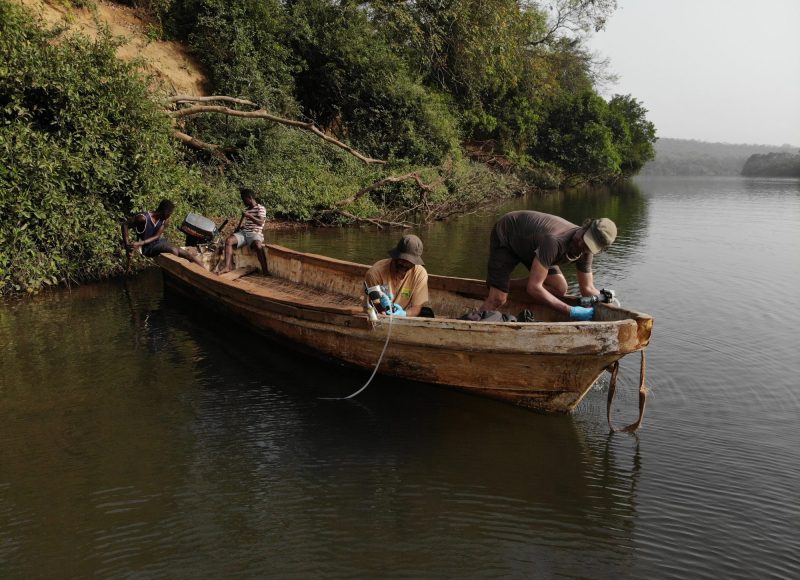
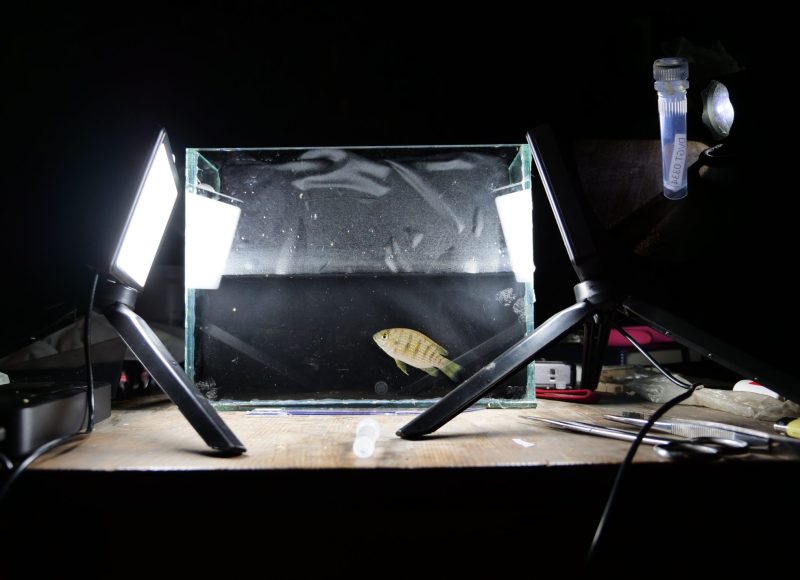
This first mission made it possible to study 11 sites spread over the downstream third of the Corubal. At these 11 sites, inventories based on classic methods targeted fish, reptiles, amphibians, insects and molluscs. They were carried out in parallel with water sampling for eDNA analysis. We will therefore be able to compare the results obtained by eDNA analysis with the results of the inventories carried out using the other methods.
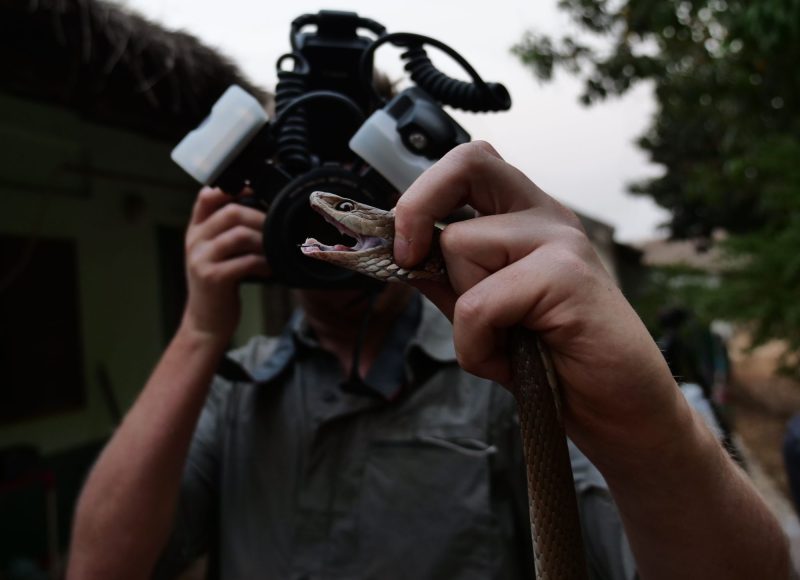
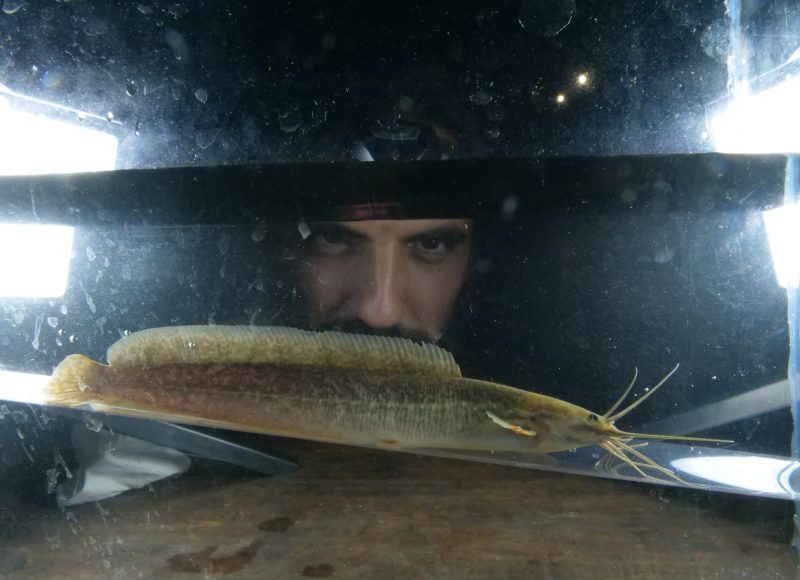
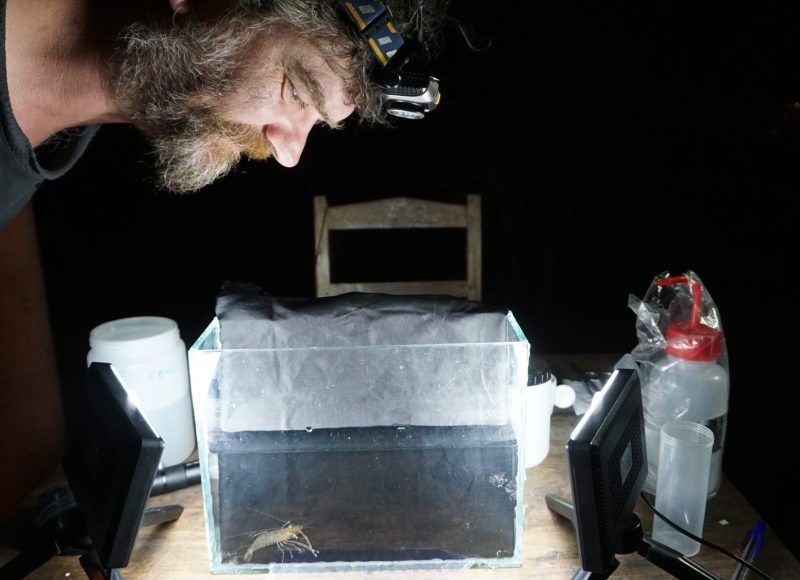
STUDY OF THE DIET OF THE TSETSE FLIES
Finally, tsetse flies were trapped in the vicinity of the surveyed sites within the framework of a CIBIO project. As these insects feed on the blood of mammals, we wanted to test the hypothesis that eDNA analyses of their blood could complete the inventory. Several dozen tsetse flies were collected at each site in order to compare the results obtained by eDNA analysis of the river water with those obtained by metabarcoding the blood collected by the tsetse flies. The results of this programme are currently being published.
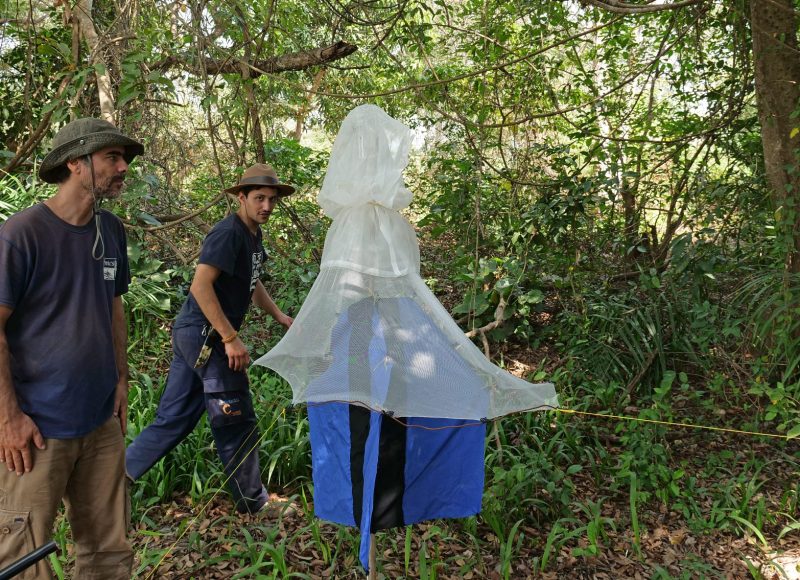
THE RESULTS OF THE 2022 MISSION
Although the analyses are still in progress, the first ADNe results obtained have already made it possible to detect 31 species of mammals, 65 species of birds, 12 species of amphibians and about a hundred species of fish, confirming the significant biodiversity present on this part of the river. Among the remarkable species, we detected 10 species of monkeys, three of which are in danger of extinction: the long-haired Colobus polykomos, the Temminck’s red Colobus Piliocolobus temminckii and the Chimpanzee Pan troglodytes. We provide new data on rare and localized species such as the Grey-throated Flufftail Canirallus oculeus, a waterbird species known from only a few sightings in Guinea-Bissau. As for amphibians, we were able to detect a few species new to science, which were otherwise collected by traditional methods during the mission. The two species of freshwater bivalves that had been observed during dives in the Corubal were indeed detected along the entire length of the river, but the eDNA analyses detected a total of 11 species, including two large species that had escaped previous surveys.
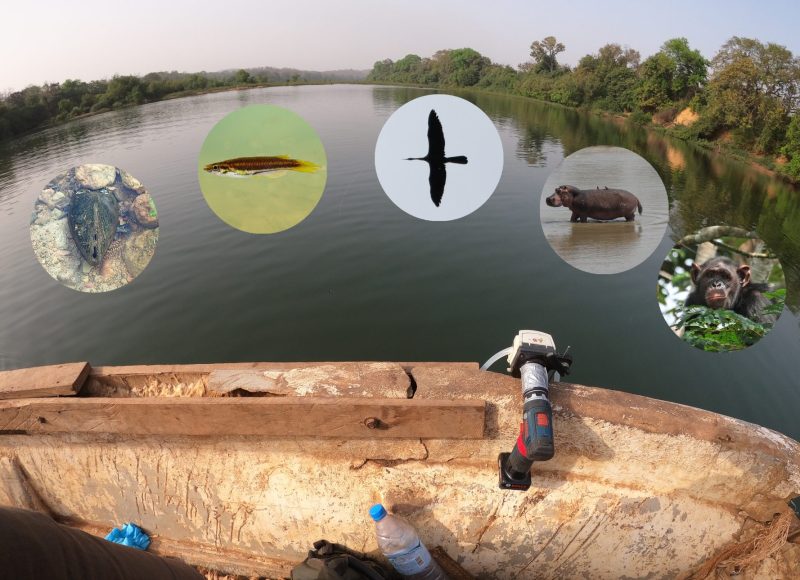
PARTNERS
We would like to thank all the partners of the expedition, especially IBAP (Instituto da Biodiversidade e das Áreas Protegidas) and the Lusophone University of Guinea-Bissau.
Funding for the expedition was provided by CIBIO – BIOPOLIS and SPYGEN.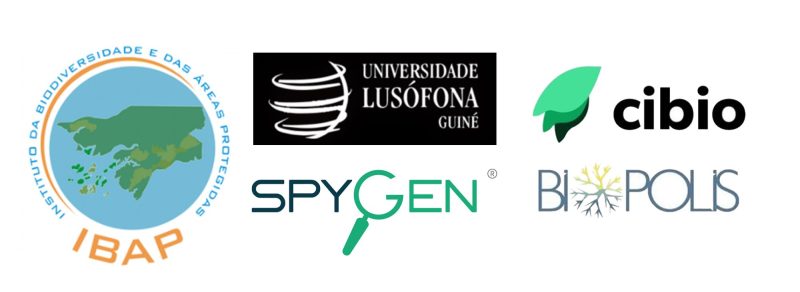
The expedition is part of the Vigilife alliance for innovation in the service of knowledge, monitoring and protection of living organisms; an alliance founded by the company SPYGEN, the MARBEC (Marine Biodiversity Exploitation and Conservation) laboratory, the Swiss Federal Institute of Technology ETH Zürich, the Swiss Federal Institute for Forest, Snow and Landscape Research-WSL, the Compagnie Nationale du Rhône, the Beauval Nature NGO and the Alkïos ecosystem.
